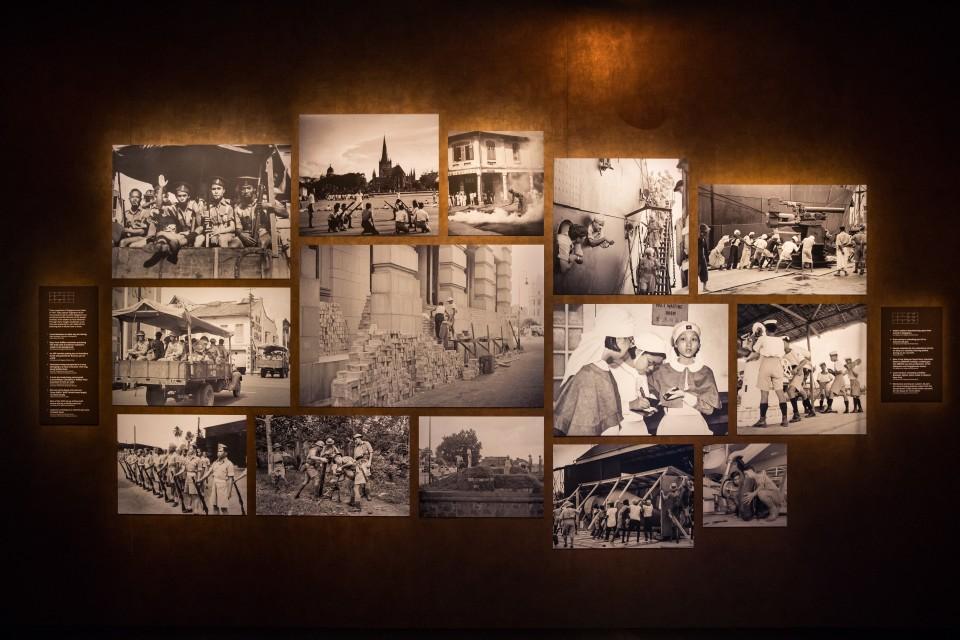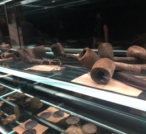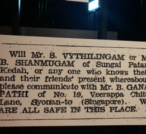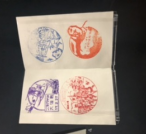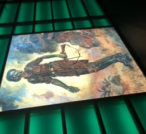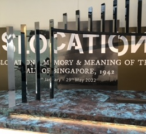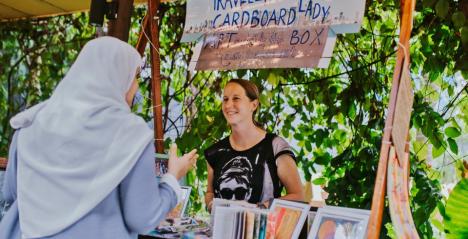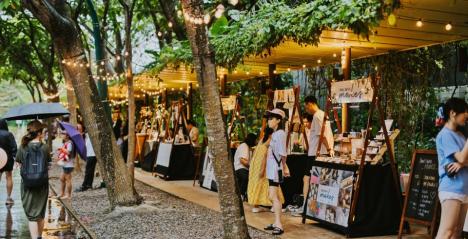National Museum of Singapore will be launching a new exhibition Dislocations: Memory and Meaning of the Fall of Singapore, 1942 to commemorate the 80th anniversary of the Fall of Singapore.
The exhibition will bring together different personal accounts and examine how the war continues to leave a lasting impact on our nation's consciousness through a blend of physical artefacts, documents and oral histories. In fact, the exhibition goes beyond the usual World War Two narratives to showcase an extended timeline of the war to provide a deeper understanding of the people’s experiences in wartime Singapore, and will feature historical artefacts together with video projections, immersive experiences, and digital touchpoints.

The exhibition experience begins before one steps into the museum, through an immersive pre-exhibition game, Sunset in Singapore, that allows visitors to encounter the war through the lens of various groups of people in Singapore at that time, such as an Allied soldier, nurse, or civilian. Visitors can also look forward to an opportunity to interact with an Augmented Reality (AR) experience that will allow them to imagine what some of the artefacts from the Empress of Asia wreckage may have looked like in their original state, as well as hear personal anecdotes from seniors who lived through the war as children.
The war affected the people in Singapore in different ways. Dislocations will explore these diverse perspectives and stories which, although disconnected from one another, can be taken collectively to add further dimension to our understanding of how the war was experienced in Singapore. Some of these accounts are presented in the exhibition through personal objects such as a typewriter belonging to Geoffrey Tan, who was 15 years old at the time of the war.
Tan used his typewriter to record his experiences of living through the war, which was eventually turned into a memoir. Also on display is a scrapbook that features portrait photographs taken by Peter Chong, who documented people he encountered in his daily life during the Japanese Occupation in Singapore.
These included Japanese officers and nurses, as well as some locals. Both Tan’s and Chong’s recorded accounts are rare and unique as there were limited written accounts by locals documenting their wartime experiences. Visitors can also view a collection of Japanese memorabilia stamps that commemorated the Fall of Singapore by depicting how Singapore was invaded. These stamps were available for collection in most Japanese post offices during that period.
Visitors are encouraged to pre-book their museum admission tickets ahead of their visit. For more information about Dislocations: Memory and Meaning of the Fall of Singapore, 1942 Visit The Website

